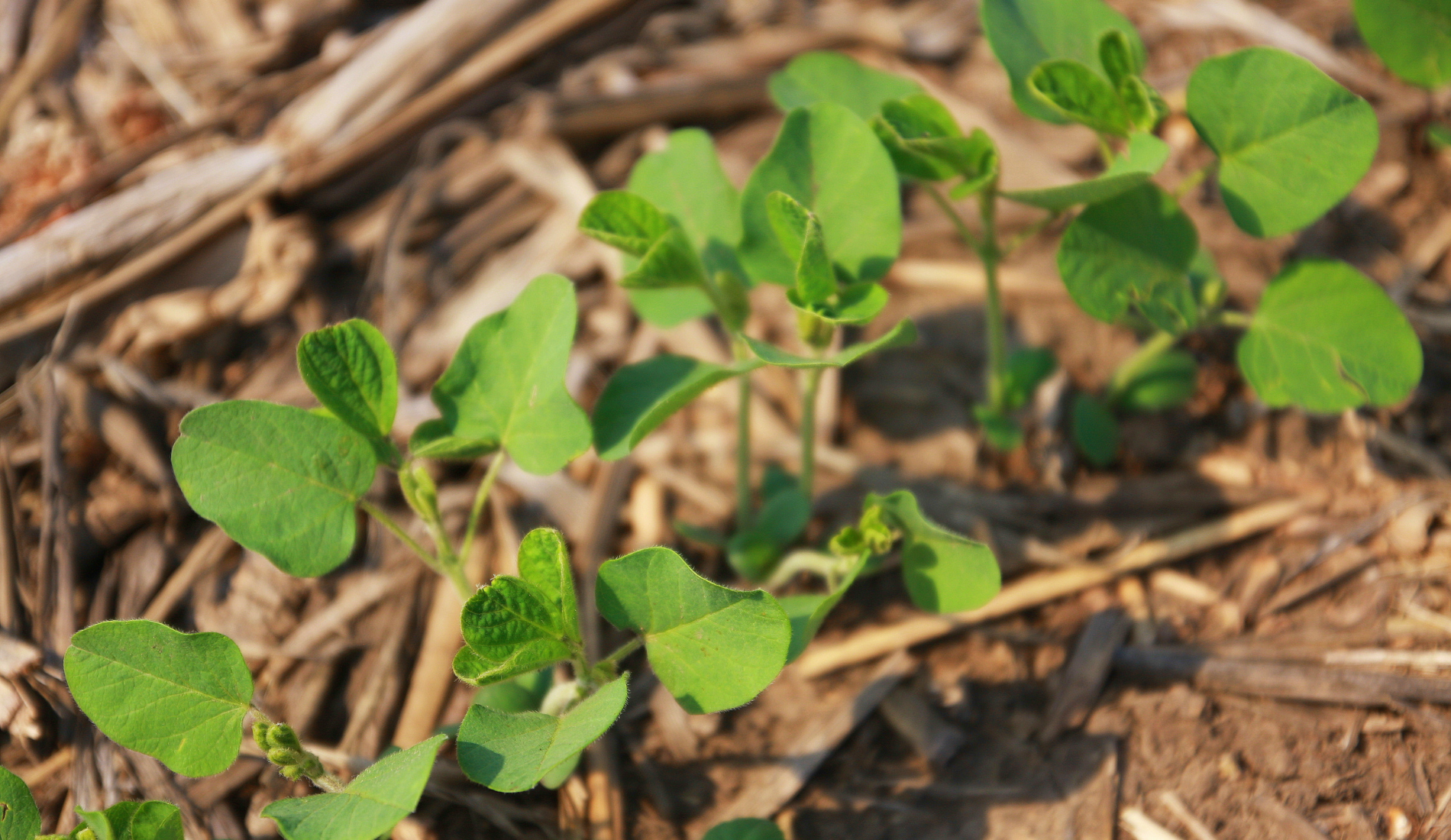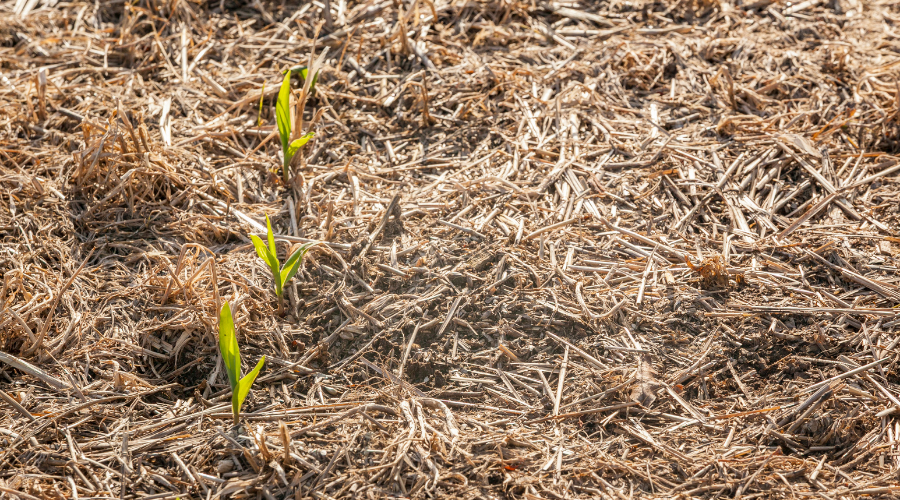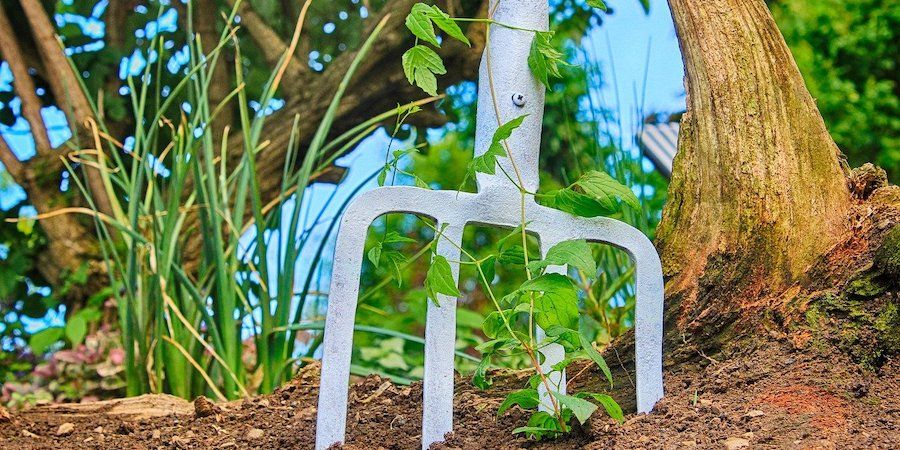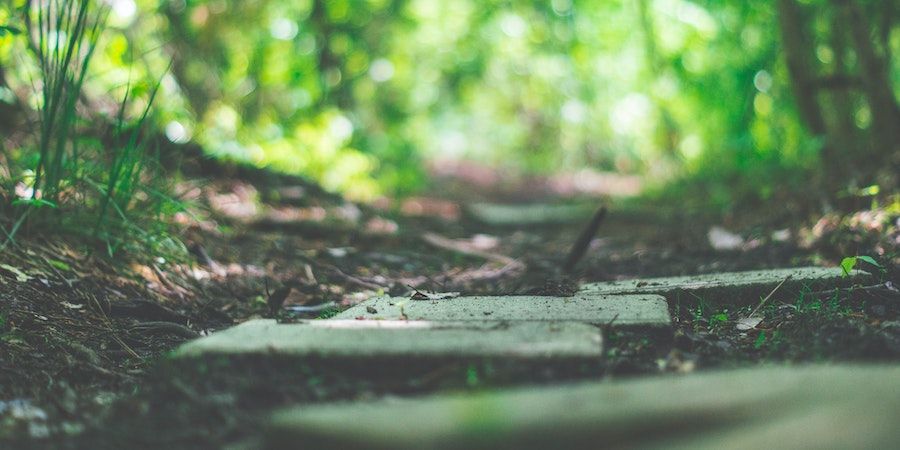Gardening can be a back-breaking business. All that bending over and digging and tilling will eventually take a toll on your back, no matter how young you look or feel.
What if there was a way of gardening where you don’t have to till? Where does tilling reduce fertility in your garden bed? Where the soil is treated as a living organism (which it is, keep reading for the details) that should be disturbed as little as possible?
Well, there is. And it’s called no-till gardening. Also known as the lazy man’s gardening. However, it is misleading because when it comes to harvest time, you’re going to be a busy gardener. Keep reading to discover how to get more out of your garden by doing less.
Why Till In The First Place?
Image credits: mvburling via Canva
To understand no-till gardening, we need to understand why we till in the first place. Tilling the top 6-10 inches of soil will break down the roots of weeds, disturb any pests that may have moved in, and generally aerate your soil. This disturbance triggers a burst of life and fertility, as all the organisms in the soil rush to repair their homes. That sounds like a good thing, right?
Not quite. The practice of tilling leads to the loss of topsoil, as opposed to the building soil like in any natural system. This burst of life quickly dies down, and your soil is left devoid of life and nutrients. This is why tilling, and huge amounts of synthetic additives go hand in hand.
Why Soil Is Sacred
The alternative is to look at the soil in a completely different way. A microscope can help. The soil through a microscope is so much more than dirt. One teaspoon of healthy soil is filled with billions (yes, with a B) of different life forms all going about their lives.
All these microorganisms are constantly breaking down organic matter and turning them into nutrients that plants can use. The fungal networks transport sugars and environmental information between plants. Earthworms and nematodes are burrowing around, creating passages that aerate the soil. Working together, they’re creating the perfect environment for plants to thrive.
One pass with a plow destroys all of this.
The Alternative
Image credits: Carola68 via Pixabay
No-till gardening is exactly what it sounds like. It’s a method of gardening where tilling the soil is considered sacrilege. No-till gardening seeks to preserve this precious but fragile soil life. And here’s how to do it.
First up, forget about tilling. The most disturbance you should apply to your soil is aerating it once or twice a year. You can do this with a standard garden fork. You’re NOT turning your soil over. All you want to do is press the tines of the fork deep into the soil and gently loosen a section of soil. Be careful to not disturb the soil too much or break too many mycelium strands.
When it comes to harvesting or removing dead or diseased plants, don’t pull the whole plant out. The root system of plants is where a huge concentration of this soil life lives, so it should be preserved. To do this, cut the stem of the plant just above the soil level, and that’s it.
Leaving the root system in the ground keeps all that life intact. As the below-ground parts of the plant decompose, it turns into a feeding frenzy below the soil. All those microorganisms show up at the buffet to get their piece of the pie. This ends up turning the root system back into nutrients for other plants to use to grow big and strong.
The roots themselves turn into pathways in the soil as they break down. The soil life uses these pathways to move about, aerating the soil further as they do so. If you want to plant something in the same spot in your garden bed, go right ahead. The decomposing roots won’t hinder a new plant in any way. It’ll probably help the new plant get established.
Some folks are super serious about not disturbing the soil and choose not to grow root crops because of this. You can take it to this extreme if you’d like. But soil life, while fragile, is very resilient. So the disturbance of harvesting an onion or a carrot isn’t going to have a huge effect.
Watch Your Step
Image credits: Timothy Dykes via Unsplash
The next enemy of a no-till garden is compacted soil. For all this soil life to thrive, the soil needs to be sort of fluffy. Compaction squeezes the life out of the soil. To prevent this, don’t walk in your garden beds. You can design your beds to be the right size. Make sure you can reach the middle of the bed from either side for easy access.
If you have an area of a garden bed where you have to walk in, consider placing stepping stones in the bed. That way, you can get into the bed without trampling over everything.
No Bare Soil
No-till gardening takes its cues from nature. And if you look at any natural system, there’s no bare soil. It’s usually covered with naturally occurring mulch-like dead leaves. Bare soil is quickly taken over by fast-growing and hardy pioneer plants, otherwise known as weeds.
To mimic this, cover your soil with mulch. This protects the soil life from the harsh sun, keeps the soil cool and moist, and generally keeps the soil environment optimal for the life of the microorganisms. Straw is generally considered to be the best mulch and is often free or very cheap. Unless you live in an area with plenty of permaculture folks. Then it becomes a hot commodity.
Grass clippings also work and are widely available. Make sure these clippings have dried out for a few days though so that the runners don’t take root in your garden and take over.
A Matter Of Importance
The excessive tilling in industrial agriculture is leading to the loss of topsoil at an alarming rate. If we carry on, we’ll have no topsoil left within 150 years. Without life in the soil beneath our feet, we won’t be able to sustain life above the soil, either.
No-till gardening builds up the soil. There are many case studies of generational no-till farmers’ land being a few feet higher than the neighboring farms due to all the soil they’ve built up over the years.
You can be part of the solution in your backyard by practicing the no-till methods outlined above.




